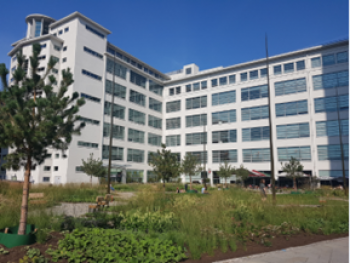Recommendations for an NbS pilot intervention in Elbasan Municipality, Albania, defined through the NbS Baseline Assessment of the Shkumbini River basin
The Project provided recommendations for an NbS pilot intervention in Elbasan Municipality through the NbS Baseline Assignment - the process that included consultation, identification of potential sites for implementing pilot NbS measures and a multidisciplinary assessment.










